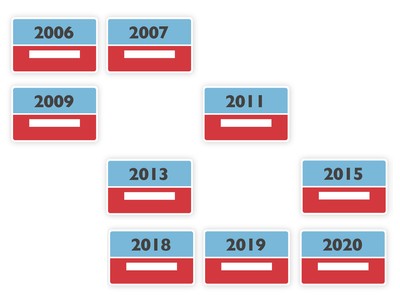It tells us the expected percentage change in the bond price for a 1% change in interest rates. Bond prices move inversely with interest rates; higher interest rates push bond prices down and vice versa. For example, if a bond had an MD of 2.5 then its price would be expected to rise by 2.5% if interest rates fell by 1%, and fall by 2.5% if interest rates rose by 1%.
The issue with MD as a standalone measure is that it assumes a constant linear relationship between bond prices and interest rates. This linear relationship is assumed to be constant for both upward and downward interest rate moves of all magnitudes and is demonstrated by the green line in the chart below. In reality, what we observe is that the relationship is non-linear.
When plotting the actual non-linear relationship on a chart for an ordinary simple bond, we can observe that the orange line looks something like a curve. This curvature is referred to as ‘convexity’ and there are two key drivers of convexity in the relationship between bond prices and interest rates.

Firstly, MD changes with interest rates. MD or sensitivity to interest rates is larger when interest rates have fallen compared to when they have risen. As a result, we expect a larger move (increase) in bond prices when interest rates fall versus the move (decrease) in prices when interest rates rise.
The level of convexity differs bond to bond depending on a range of factors including time to maturity and coupon size.
Secondly, a modified duration of 2.5 would predict a bond’s price to increase 2.5% for a 1% fall in rates and increase 12.5% for a 5% fall in interest rates. In reality, we would likely see a bond’s price rise by more than 12.5% when interest rates fall because of convexity or the propensity of bond prices to become increasingly sensitive to larger changes in interest rates as rates fall. The opposite is true for large increases in interest rates, where we would likely see smaller price reactions to large interest rate increases than is implied by modified duration. These two aspects combine to form the orange line in the chart above.
The level of convexity differs bond to bond depending on a range of factors including time to maturity and coupon size, but we can adjust a bond’s expected price evolution for convexity fairly easily. And, whilst MD reigns as the most commonly used metric in measuring bond price sensitivity to interest rates, it is important to be cognizant of the convexity effect.





